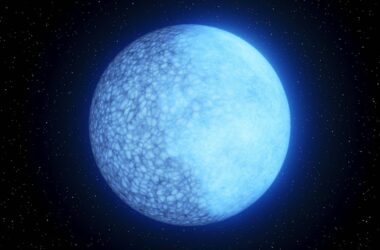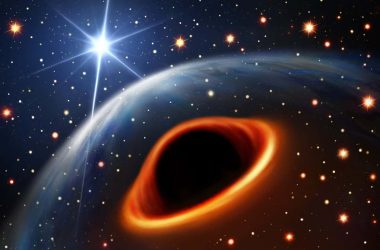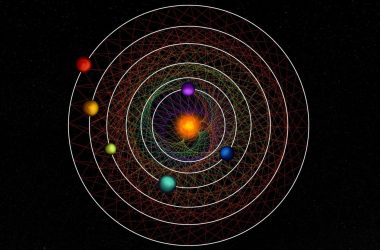Unveiling the Earliest Milky Way-like Galaxy
In a groundbreaking discovery, astronomers have identified the most ancient barred spiral galaxy, closely resembling our very own Milky Way. The galaxy, known as ceers-2112, emerged a mere 2 billion years after the universe came into existence, defying previous assumptions concerning the timeline for the formation of such galaxies.

Distinctive Characteristics
Barred spiral galaxies, such as the Milky Way, are recognized for their central bar-shaped structure composed of stars, giving rise to spiral arms extending outward. These findings challenge existing cosmic formation models that propose the formation of such galaxies took place around 4 billion years after the big bang.
Luca Costantin from the Spanish Astrobiology Centre and his team have pushed the boundaries by uncovering an even more ancient barred spiral galaxy, defying conventional beliefs.
Unconventional Discovery
The team stumbled upon this cosmic anomaly while analyzing data from the James Webb Space Telescope’s CEERS survey, enabling the capturing of images of thousands of remote galaxies. The peculiar nature of this galaxy initially puzzled the researchers, who struggled to categorize its shape before cross-referencing with data from the Hubble Space Telescope ultimately confirming its identity as a barred spiral galaxy.
Unraveling the Mysteries of the Early Universe
Despite its immense distance – light from ceers-2112 has been traveling for 13.7 billion years – simulations indicate that it would have expanded to match the dimensions of the Milky Way 4 billion years following the big bang. These findings present a unique opportunity to refine galaxy formation models and gain insights into the evolution of the Milky Way and similar galaxies during the early stages of the universe.
Significance of the Discovery
Costantin emphasizes the critical importance of these discoveries, emphasizing that they offer a window into the past, providing valuable insights into the origins and evolution of our own galaxy.
Topics:
- milky way
- James Webb space telescope








